News Archive
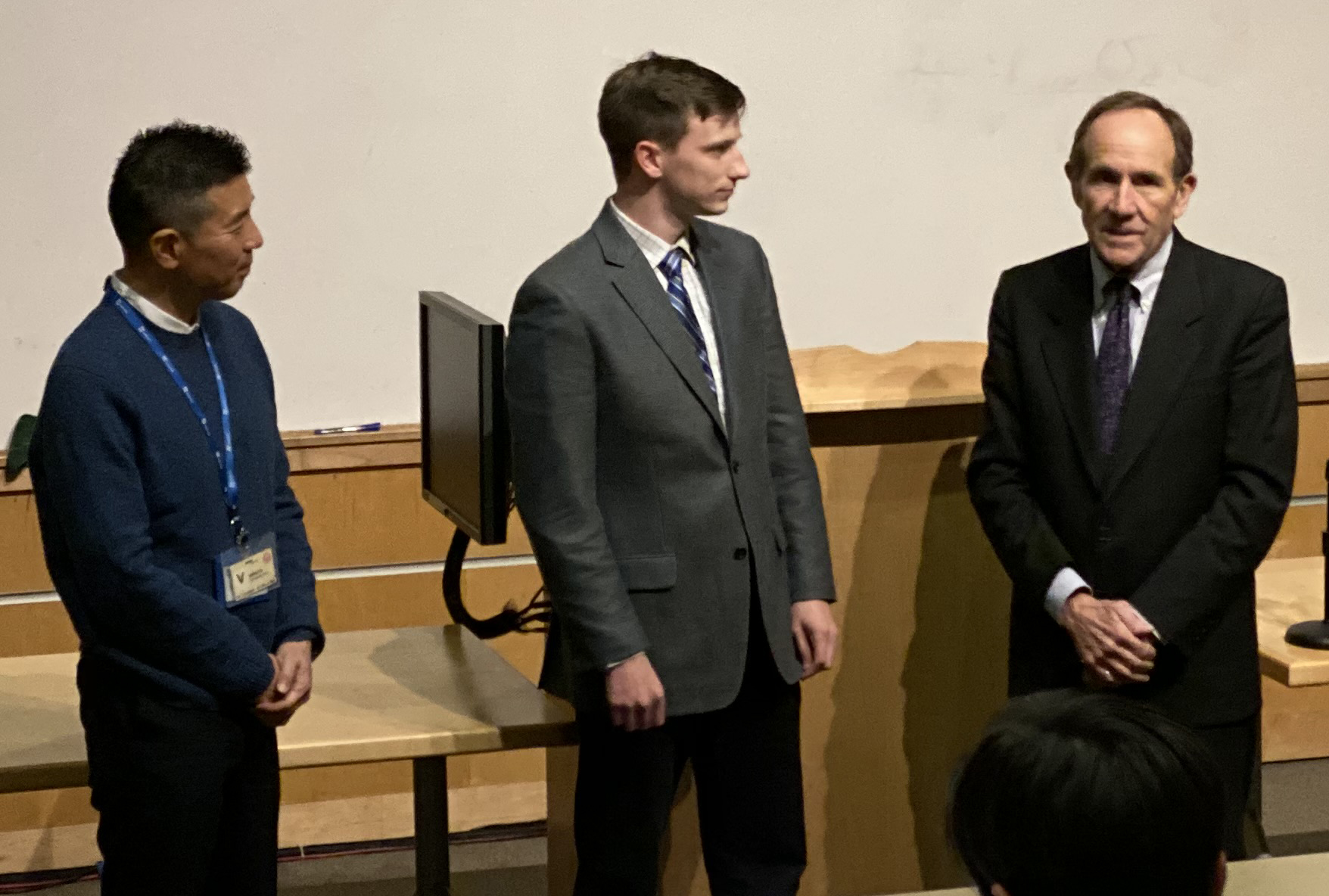
Congratulations to Andrew Mahre, SoM/ARRC graduate student, for being named the recipient of the 2019 Weathernews Inc. (WNI) Scholarship. The $5000 award, established in 2017 to enhance advanced research and development of radar technology, is presented annually to an outstanding ARRC student studying weather radar, observations of the atmosphere, data analysis, and implementation. Pictured with Andrew are Chihito Kusabiraki, President & Representative Director of WNI, and Berrien Moore, Dean of the College of Atmospheric and Geographic Sciences at OU.
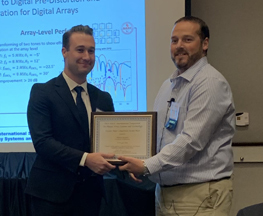
ECE/ARRC graduate student Nicholas Peccarelli was awarded 2nd place in the student paper competition at the 2019 IEEE International Symposium on Phased Array Systems and Technology Conference held October 15-18 in Waltham, Massachusetts. Congratulations Nick!
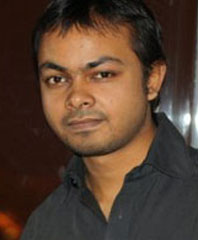
Shajid Islam, ECE/ARRC graduate student, was just notified that he is the recipient of a $5000 Gallogly College of Engineering Dissertation Excellence Award. The award is designed to reward Ph.D. students that have achieved outstanding research results and encourage them to complete their dissertations with excellence. Congratulations Shajid!
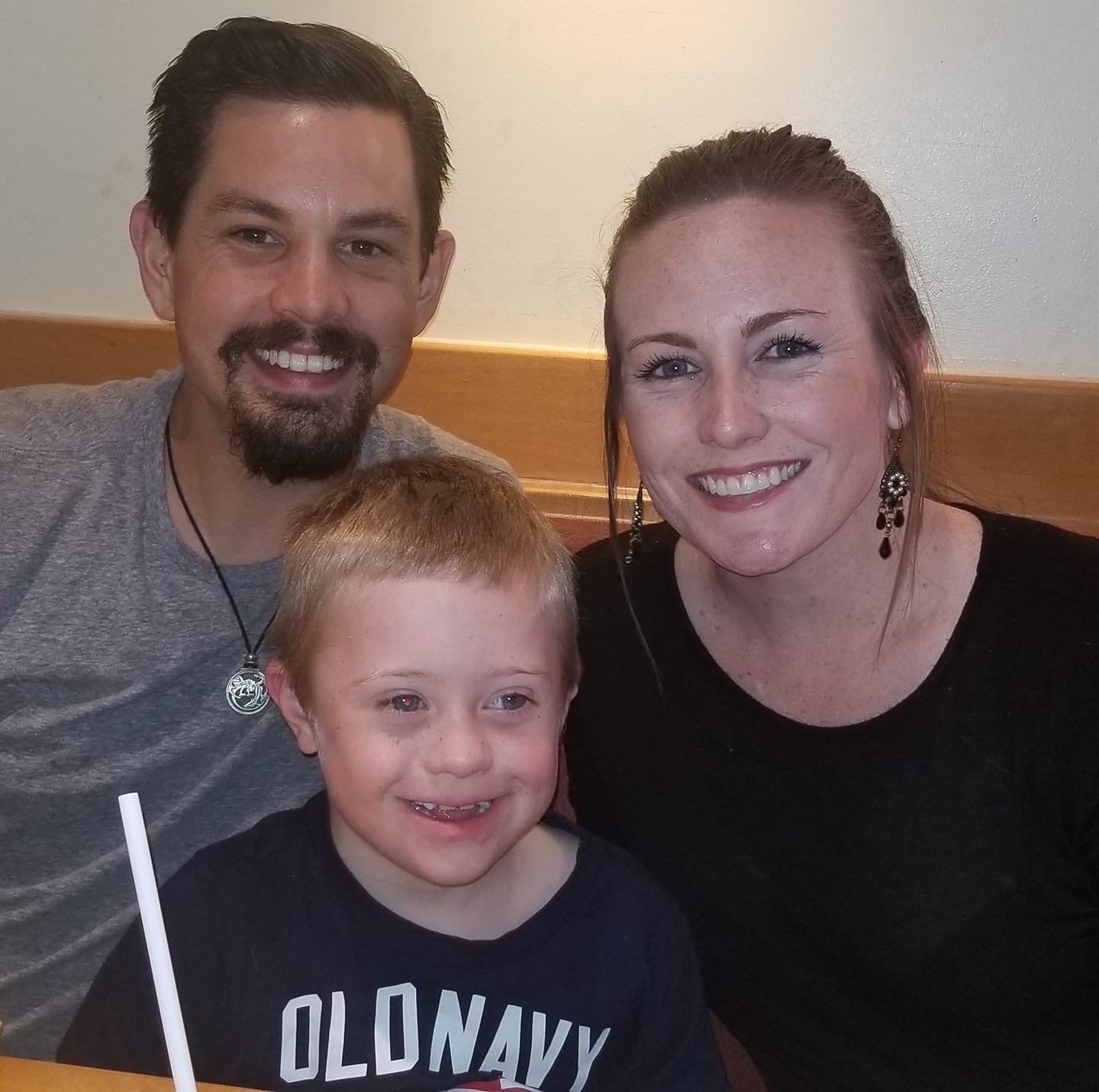 On the morning of October 3rd, Caleb Fulton, our good friend and colleague at OU, was involved in a serious motorcycle accident. He is currently at OU Medical Center fighting for his life. We have set up a GoFundMe account to help support his medical costs, as well as his wife Shannon, their son Jaxon, and their other family members during this time of need.
On the morning of October 3rd, Caleb Fulton, our good friend and colleague at OU, was involved in a serious motorcycle accident. He is currently at OU Medical Center fighting for his life. We have set up a GoFundMe account to help support his medical costs, as well as his wife Shannon, their son Jaxon, and their other family members during this time of need.We will also be accepting cash, gift cards, etc. at the Advanced Radar Research Center, 3190 Monitor Ave., Norman, OK 73019. You can drop them off at the security desk or give them to Ashley Hill or Jo Ann Mehl.
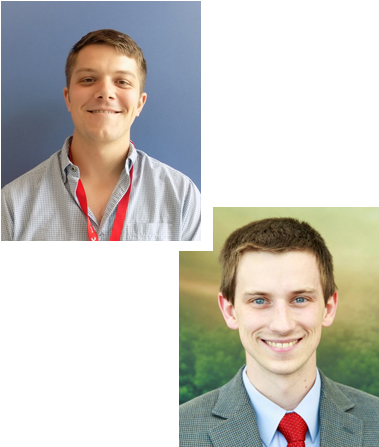
Congratulations to ECE/ARRC graduate student Andrew Byrd and SoM/ARRC graduate student Andrew Mahre for receiving awards at the 39th International Conference on Radar Meteorology held September 12-16 in Nara, Japan. Andrew Byrd placed third in the Oral Presentation category with his paper "Multistatic Passive Weather Radar: Development, Validation, and Latest Results", and Andrew Mahre was presented the third place award in the Poster Presentation category for his paper " Assessing the Benefits of a Rapid-Scanning Phased Array Weather Radar".
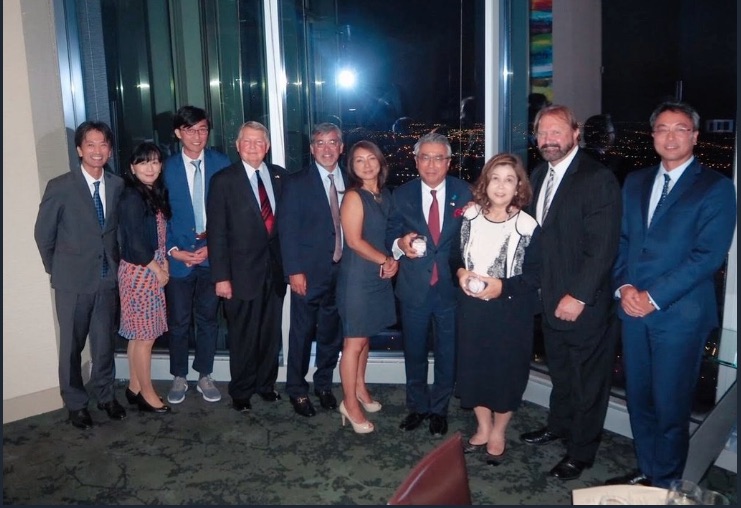
Bob and Masami Palmer joined Japanese Ambassador to the United States Shinsuke Sugiyama at a dinner held recently in Oklahoma City. Ambassador Sugiyama tweeted that “it was a pleasure to join some of the key figures in Oklahoma City who have been building Japan-US cultural and business ties.” Other guests included former State Senator Randy Bass, who is a legendary figure in Japanese baseball history.
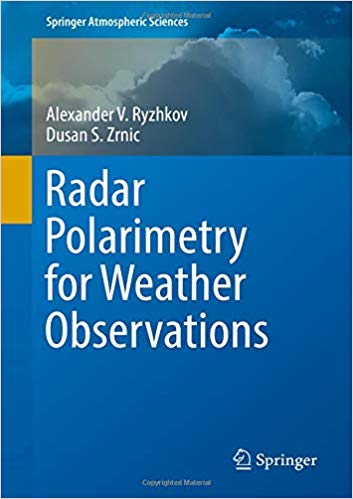
Dr. Alexander Ryzhkov, ARRC faculty member and CIMMS Senior Research Scientist, and Dr. Dusan Zrnic, Senior Scientist and leader of the Doppler Radar and Remote Sensing Research at NSSL, have co-authored a book titled “Radar Polarimetry for Weather Observations” Published by Springer International Publishing, this monograph offers a wide array of contemporary information on weather radar polarimetry and its applications. The book tightly connects the microphysical processes responsible for the development and evolution of the clouds’ bulk physical properties to the polarimetric variables, and contains the procedures on how to simulate realistic polarimetric variables. With up-to-date polarimetric methodologies and applications, the book will appeal to practicing radar meteorologists, hydrologists, microphysicists, and modelers who are interested in the bulk properties of hydrometeors and quantification of these with the goals to improve precipitation measurements, understanding of precipitation processes, or model forecasts.
The book can be purchased through this link.
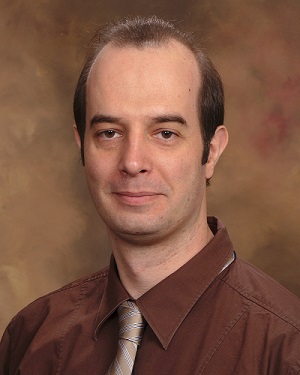
Who uses NASA Earth science data? OU/ARRC professor Dr. Pierre Kirstetter does to build tools that improve our understanding of precipitation and flooding. Click here to read about his work.
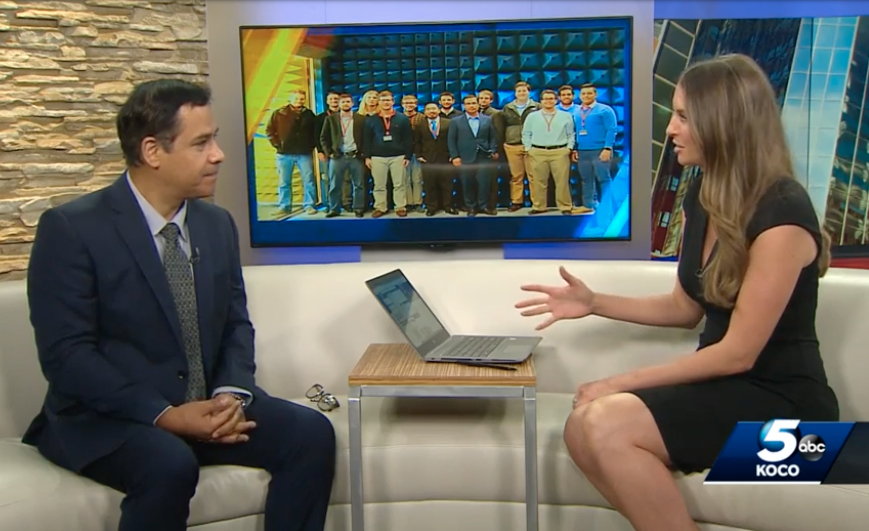
Dr. Jorge Salazar, leader of the ARRC team collaborating with Metawave Corporation on the development of radar for autonomous vehicles, was interviewed recently by KOCO 5 News team anchor Markie Martin. Click here to see the complete interview.
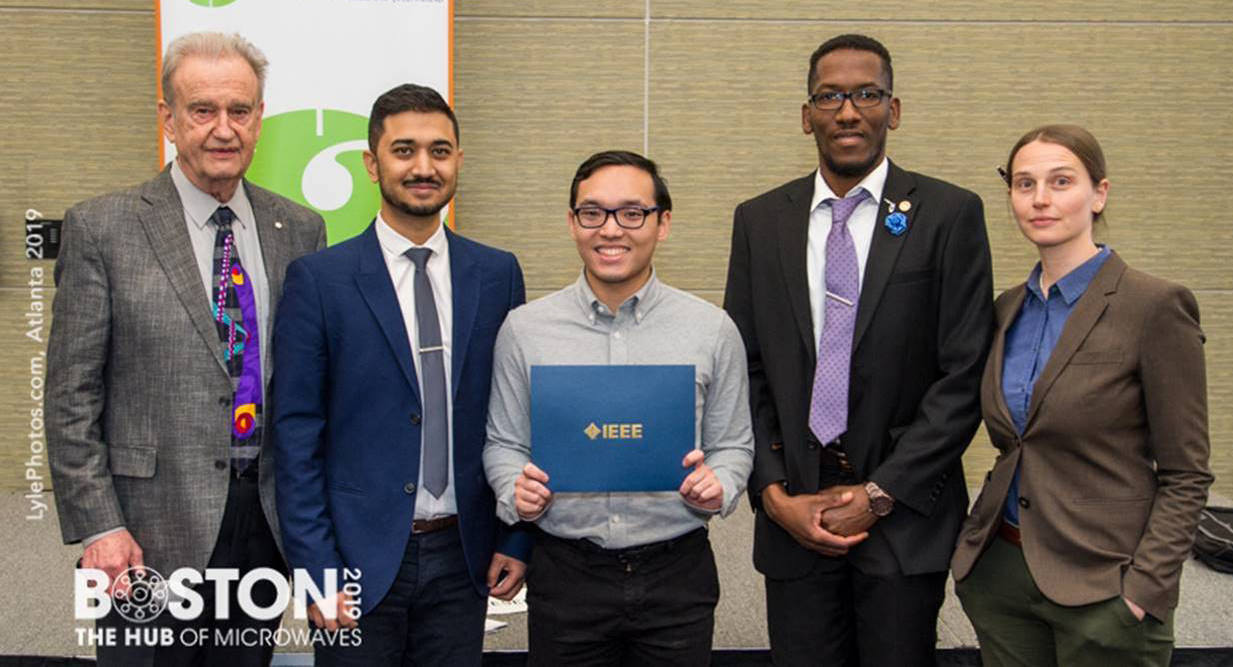
Congratulations to Alexander Pham, ECE/ARRC undergraduate student, for receiving an honorable mention in the Three Minute Thesis (3MT) competition at the 2019 IEEE International Microwave Symposium held recently in Boston. His presentation was titled "Future Adaptable Communication and Radar Components" (photo by LylePhotos.com, Atlanta, 2019)